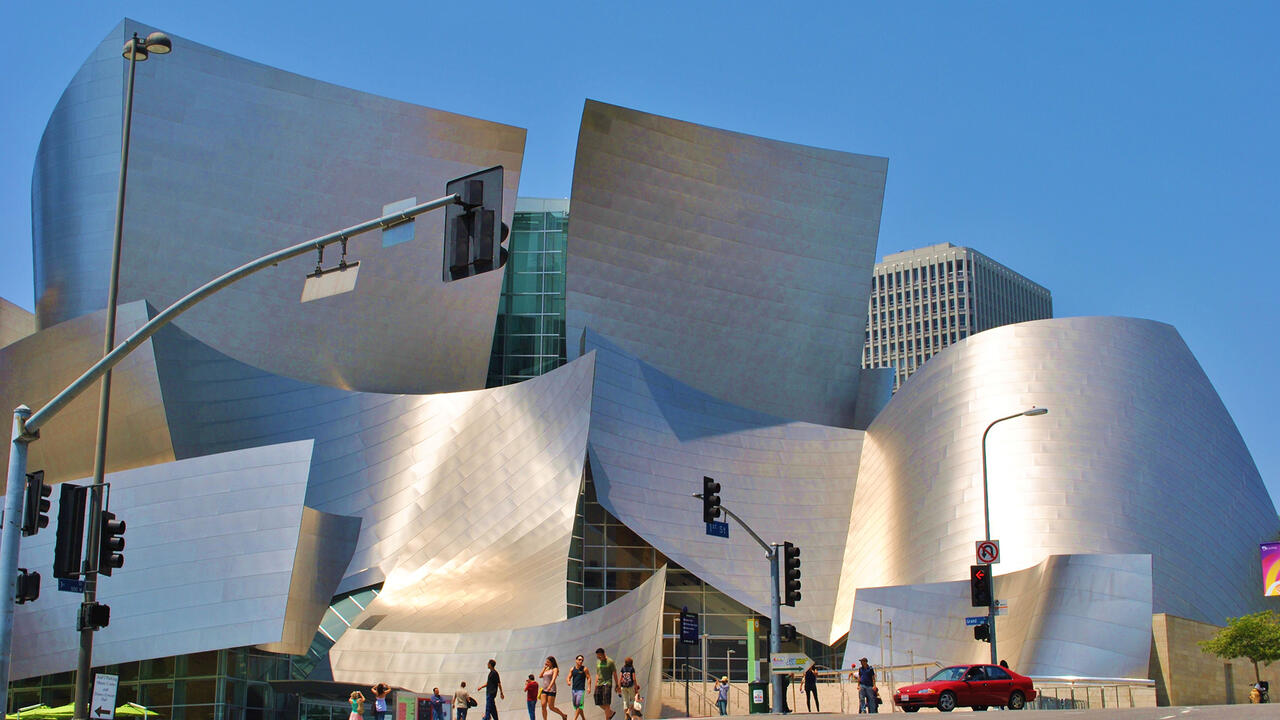Architects: Unsuitable Cases for Stardom?
A new biography of Philip Johnson reveals the contradictions and ambiguities of the world’s first ‘starchitect’
A new biography of Philip Johnson reveals the contradictions and ambiguities of the world’s first ‘starchitect’

By the time Philip Johnson died in 2005, aged 98, his architectural influence and patronage had stretched from (modernist) post to (postmodern) pillar and beyond. Frank Gehry delivered his funeral address. Mark Lamster’s nimble new biography,The Man in the Glass House (2018; Little, Brown), tells two parallel stories: one a Gatsby-like parable of wealth, beauty and immorality (as a fascist and Hitler supporter in the 1930s); the other, the tale of a man who knew that, above everything in life, he wanted influence. Triumphantly, Johnson was to become more notorious than Le Corbusier, as much in the spotlight as Frank Lloyd Wright. He was the first ‘starchitect’.

A student at Harvard, he insouciantly stepped into the limelight at the new Museum of Modern Art in New York, networking his European connections as he helped assemble material for the first architectural exhibition to be held there, in 1932. From his curatorial pulpit, and with no formal architectural training, Johnson criticised those twice his age with bare-faced cheek but driven by a brilliantly sharp eye. By the time he joined Walter Gropius’s graduate course at the Harvard School of Design in 1940, his fellow students were disconcerted to find themselves reading a textbook that bore Johnson’s name, titled The International Style (published in 1932), and studying a prefabricated house down the road that he was building as his thesis project. Easily bored, he was never a qualified architect but found ways to sidestep that slight bureaucratic problem. Johnson was one of those who considered rules were for little men and as he parachuted into the profession, considering himself supremely entitled, he borrowed promiscuously and openly, retreating into self-deprecation when politic. He began with more than a dash of Mies van de Rohe in his own Glass House, New Canaan, completed in 1949.
A man’s high estimation of himself goes further and faster in the USA than in Europe (saying which, Johnson even worked with Donald Trump). Keeping two careers running, curator and architect, was risky. He even included his own work in exhibitions, leading to a reprimand from Frank Lloyd Wright, the elder statesman of American architecture. Around mid-career, Johnson began to wear a pair of owlish black spectacles, just like Le Corbusier, (whom he judged ‘an objectionable man but unquestionably a genius’) to continue the process of turning himself from handsome boulevardier to serious design hero. It was a canny act of homage, a distraction from the fact that he could neither draw nor claim a proper understanding of structure. Style was everything.

But over decades, and around the world, wherever ambitious architects were to be found, Johnson was, too – and they imbibed his lessons. The rise of the architect as superstar can be seen largely as his creation, with a little prior help from Wright and Corb. Yet Johnson had gut instincts and a strong nerve. In 1971 he was a juror choosing the architects for the Centre Pompidou (Beaubourg) in Paris and he argued fiercely, surprisingly enough alongside the socially aware Jean Prouvé, that the winning design was that entered by two untried young men, Renzo Piano and Richard Rogers.
By the mid 1970s, the ascent of the so-called ‘New York Five’ – Peter Eisenman, Michael Graves, Charles Gwathmey, John Hedjuk and Richard Meier – was a phenomenon. As Lamster puts it, Johnson scrambled on board, offering endorsement in the form of a postscript to the second edition of Five Architects (1972), the monograph that assured their notoriety. In 1979 Johnson was the first recipient of the Pritzker Prize. By now he was king-maker in chief.
To mark Johnson’s ninetieth birthday in 1996 he assembled fifteen architects – his ‘pals’, as he called them – including Gehry, Zaha Hadid, Arata Isozaki, Rem Koolhaas, Bob Stern and four of the NY Five. Phyllis Lambert, who had vouchsafed him the commission of the Four Seasons restaurant, where they were dining, sat like an empress in their midst. For decades, Johnson had embodied wit, wisdom and patronage in architecture and the photograph that evening celebrated his achievement.

But Piano, Rogers, Norman Foster (whom he had encountered at Yale) and Jean Nouvel were nowhere to be seen that evening. How do architects judge one another and how are their reputations made? One route is through a string of prestigious prizes, inside and outside the profession, and a currency easily prone to inflation. They draw ambitious clients – eager to be seen as savvy – who bankroll projects which may bring little credit to the practice. Foster’s latest offering in the City of London, the preposterous ‘Tulip’ viewing tower, suggests that the weight of expectation is a burden, as do Piano’s successive designs for a ‘Pole’ skyscraper (subsequently cut to a ‘Cube’) next to Paddington Station.
The charming chameleon Johnson was primarily a networker. No shoals of disciples flocked to his office (where they would have found, disconcertingly, how little the great man actually did) as they had to work alongside Wright or to follow Mies (those famous ‘little blind Mies’). An exhibition of Piano’s work currently on show at London’s Royal Academy (until January 20) makes much of the ‘building workshop’ aspect to the practice, and a fair amount of credit is shared between the fellow players in his sixteen featured schemes – the crème de la crème of a lifetime’s work. But for prestige jobs, celebrity status trumps all. Clients commissioning a building from the 81-year-old Renzo Piano, or the 83-year-old Norman Foster, are buying their stellar imprimatur above all else.

Hadid gained eventual ascendancy in her own style allied to a storming talent and her stand-alone status as a hugely successful woman in the profession. But the bitter wars currently taking place in the High Court between her architectural partner Patrik Schumacher and her executors have much to do with where her fiat lay. The intemperate Schumacher converted her splintered constructivist designs into buildings, from the Vitra Fire Station outside Basel – her first built project – onwards. I well remember, at the building’s press opening in 1993, that he was identified as the man who had engineered it into being – but he was still in the shadows.
Is the world of Philip Johnson and his ‘pals’ fading away? The urgency of our environmental crisis, seen against a shifting geo-political background, point towards a new sobriety at large in the architectural profession and the figure of the solitary, inspired starchitect begins to seem an absurd aberration. Vive la différence.
Main image: The Sheldon Memorial Art Gallery, 1963, distinctive for its coatbutton ceiling and fabric walls. Courtesy: Esto-Ezra Stoller





















